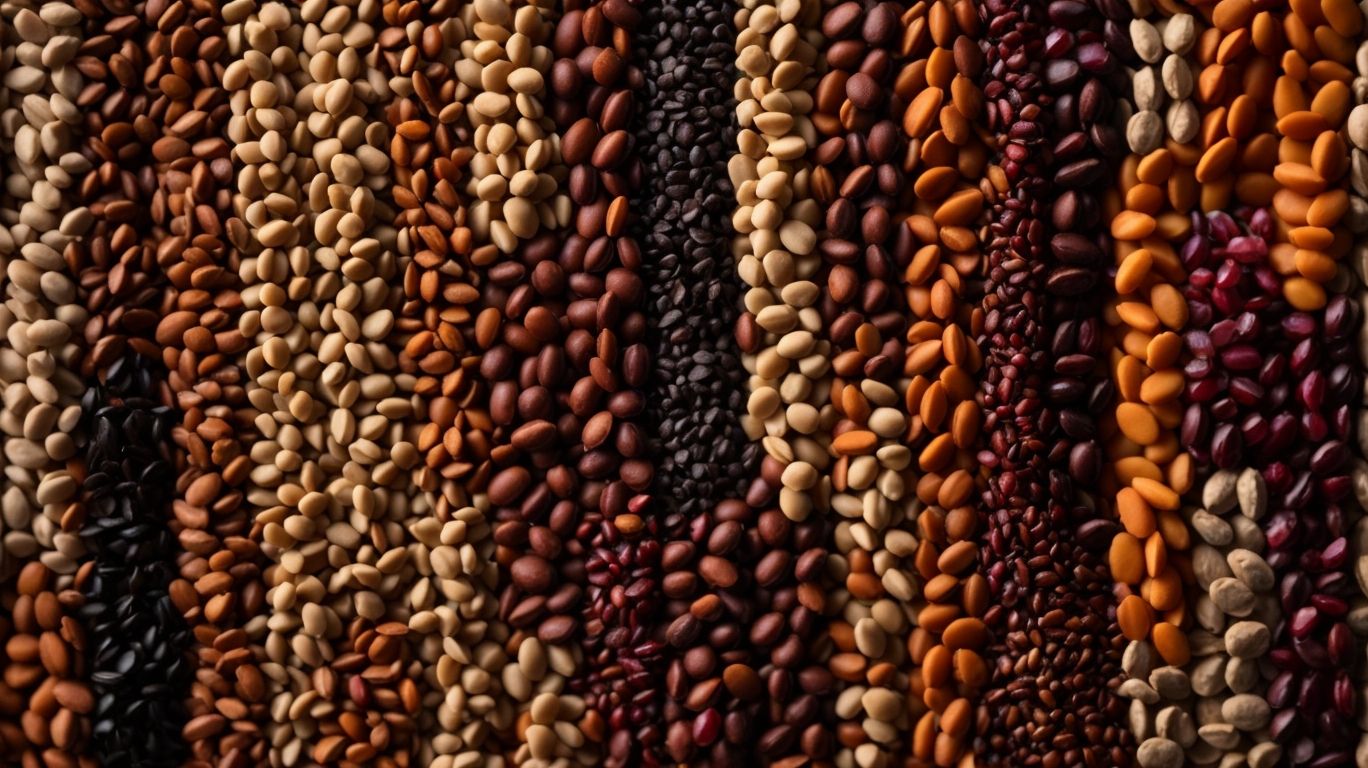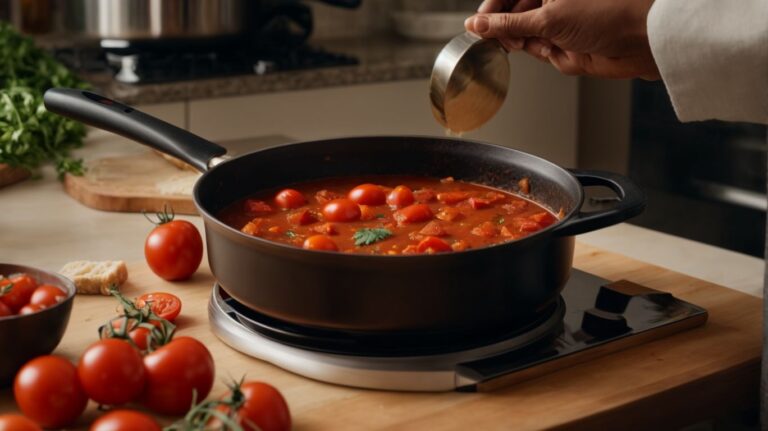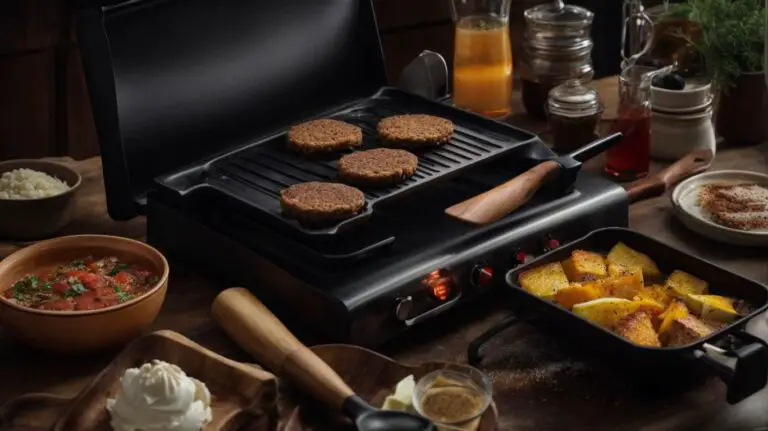How to Cook With Dried Beans?
Are you looking to elevate your cooking skills and add a healthy twist to your meals? Look no further than the versatile and nutritious dried beans.
We will explore the benefits of cooking with dried beans and provide you with step-by-step instructions on how to properly prepare and cook them. From soaking methods to cooking techniques, we’ve got you covered.
Join me, Chris Poormet, as we dive into the world of dried beans and discover how to make them a delicious addition to your culinary creations.
Key Takeaways:
Why Cook with Dried Beans?
Cooking with dried beans offers a nutritious and affordable way to incorporate pantry staples into your meals, providing a versatile and flavorful ingredient for a variety of dishes.
Dried beans are not only rich in protein and fiber but also packed with essential nutrients such as iron, magnesium, and potassium. They are a heart-healthy option, aiding in lowering cholesterol levels and reducing the risk of cardiovascular diseases.
Moreover, dried beans are incredibly cost-effective compared to canned varieties, making them a budget-friendly choice for feeding your family nutritious meals without breaking the bank.
In terms of versatility, dried beans can be used in countless recipes ranging from soups and stews to salads and dips. Think of classic chili con carne, creamy hummus, or hearty bean and vegetable stew – all elevated with the wholesome goodness of dried beans.
How to Properly Cook Dried Beans?
Properly cooking dried beans is essential to unlock their full flavor potential and nutritional benefits, turning them into a delicious and affordable ingredient for various recipes.
One of the first steps in preparing dried beans is to sort through them and remove any debris or damaged beans. Once sorted, rinsing the beans under cold water helps remove dirt and any remaining impurities. Soaking the beans in water for several hours or overnight is a common practice that helps reduce cooking time and aids in digestion. This step can also lead to improved texture and flavor.
Cooking dried beans can be done on the stovetop, in a slow cooker, or using a pressure cooker. The stovetop method typically involves simmering the beans in water or broth until they are tender, while a slow cooker provides a hands-off approach that results in creamy, flavorful beans. Pressure cookers are known for their efficiency in quickly cooking beans to perfection.
Adding aromatics such as garlic, onions, herbs, and spices during the cooking process can infuse the beans with extra layers of flavor. Avoid adding salt until the beans are nearly cooked, as salt can toughen the beans if added too early. Once the beans are cooked to your desired tenderness, they are ready to be incorporated into a wide range of dishes, from soups and stews to salads and dips.
Preparing Dried Beans for Cooking
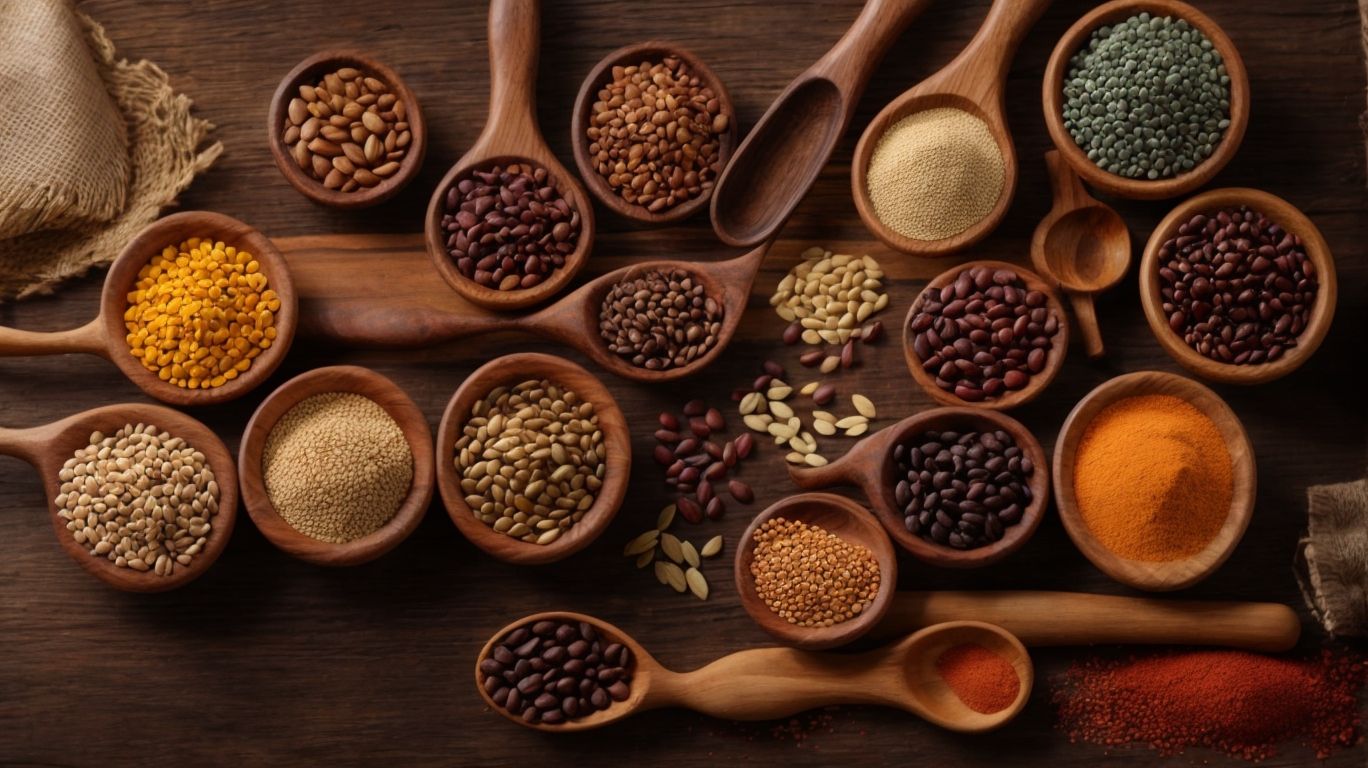
Credits: Poormet.Com – Samuel Miller
Before diving into the cooking process, it’s crucial to properly prepare dried beans by soaking them and infusing them with flavorful seasonings and aromatics from brands like Rancho Gordo and Despaña Brand Foods, enhancing varieties like black beans, pinto beans, and lentils.
Soaking Dried Beans
Soaking dried beans is a critical step that helps reduce cooking time and aids in digestion, with varying soak times required based on the bean variety and quality, such as those offered by Rancho Gordo and Despaña Brand Foods.
When beans are soaked, it softens them and allows for even cooking throughout, preventing the need for prolonged cooking times that might lead to overcooked exteriors and undercooked interiors.
Soaking helps break down complex sugars in beans, which can make them easier to digest and reduce the likelihood of causing gas and bloating.
For example, Rancho Gordo beans are known for their superior quality and unique flavors, enhancing the overall taste of your dishes.
Quick Soaking Method
For those short on time, the quick soaking method offers a convenient way to hydrate dried beans rapidly, providing flexibility in meal preparation, especially when using high-quality beans from brands such as Rancho Gordo and Despaña Brand Foods.
When opting for the quick soaking method, busy individuals can simply cover the dried beans with water in a pot, bring it to a boil, and let it sit for about an hour before proceeding with the cooking process. This efficient technique not only reduces the overall cooking time but also helps in achieving a creamy texture for the beans. It is crucial to source premium beans from reputable brands like Rancho Gordo and Despaña Brand Foods to ensure superior flavor and consistency in the final dish.
Overnight Soaking Method
The overnight soaking method for dried beans allows for a gradual rehydration process, resulting in evenly cooked and flavorful beans, especially when using top-quality varieties from brands like Rancho Gordo and Despaña Brand Foods.
This method is crucial as it softens the beans, reducing their cooking time and ensuring a creamy texture. By soaking beans overnight, you also enhance their digestibility and nutrient absorption. Premium bean varieties from reputable brands like Rancho Gordo and Despaña Brand Foods are carefully selected for superior taste and quality, making them ideal for creating delicious bean-based dishes.
To Salt or Not to Salt?
The decision whether to salt dried beans during cooking is a matter of preference, with some advocating for salting to enhance flavors, while others suggest avoiding salt initially to prevent toughness, allowing for flexibility in seasoning approaches using quality products like those from Rancho Gordo and Despaña Brand Foods.
In the culinary world, salting dried beans has been a topic of debate among chefs and home cooks alike. Proponents of salting argue that adding salt during cooking can infuse the beans with flavor from within, creating a well-seasoned dish from the start. On the other hand, those who opt to hold off on salt initially argue that it can toughen the beans during the cooking process, resulting in a longer cooking time.
In terms of selecting salts and seasonings, the quality of the ingredients can greatly impact the final taste of the dish. Brands like Rancho Gordo and Despaña Brand Foods are renowned for their high-quality salts and seasonings, which can elevate the flavors of any dish, including beans.
Cooking Dried Beans
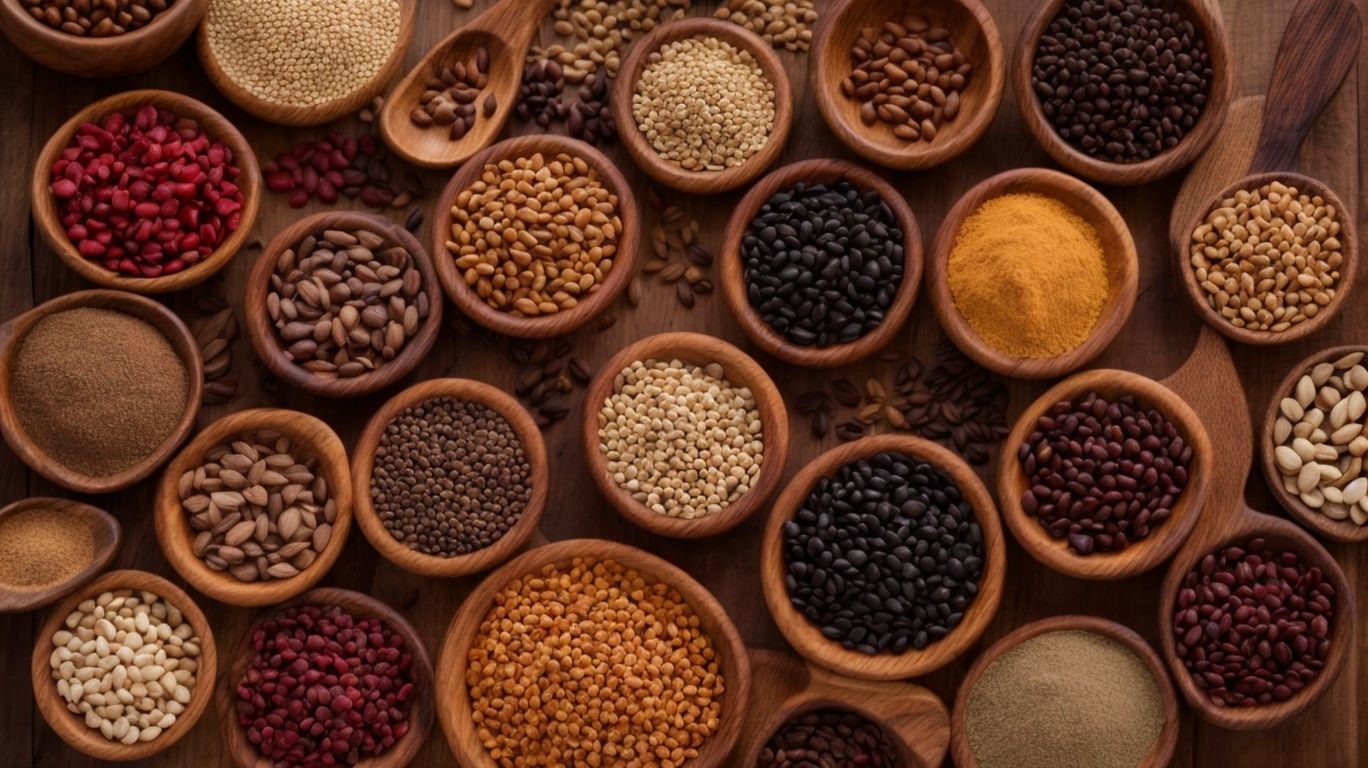
Credits: Poormet.Com – Jesse Brown
The cooking of dried beans can be approached through various methods like stovetop, Instant Pot, or Slow Cooker, each offering unique advantages in achieving the perfect balance of simmering, seasoning, and infusing flavors for delicious and nutritious results.
Stovetop Method
The stovetop method for cooking dried beans provides a traditional approach that allows for precise control over the simmering process, ensuring optimal water absorption and flavor infusion with the addition of salt and spices.
Cooking dried beans on the stovetop gives you the flexibility to adjust the heat as needed, preventing overcooking or undercooking. By gradually adding salt during the cooking process, you can enhance the beans’ natural flavors while also ensuring they are properly seasoned.
Incorporating a variety of spices such as cumin, paprika, or bay leaves can elevate the taste profile of the beans, transforming a simple dish into a flavorful culinary experience.
Instant Pot Method
Using the Instant Pot for cooking dried beans offers a quick and convenient alternative, utilizing pressure cooking to achieve tender and well-seasoned beans in a fraction of the time, enhancing efficiency and flavor infusion.
One of the key advantages of the Instant Pot method is its ability to save you significant time in the kitchen. With traditional stovetop cooking, beans can take hours to soften adequately, but with the Instant Pot, you can have perfectly cooked beans in under an hour. This time-saving feature makes it ideal for busy individuals or those looking for a hassle-free cooking experience.
The high pressure created inside the Instant Pot allows the beans to rapidly tenderize while also preserving their natural flavors. The combination of pressure cooking with simmering in water, salt, and spices not only softens the beans but also infuses them with delicious seasoning, resulting in a tasty and satisfying dish.
To ensure the best possible outcome, it is essential to add sufficient water to cover the beans, along with a pinch of salt and any desired spices. By following the proper steps for seasoning and simmering, you can achieve consistently flavorful and perfectly textured beans every time you use your Instant Pot for cooking.
Slow Cooker Method
The Slow Cooker method for cooking dried beans offers a hands-off approach, allowing for gradual simmering and flavor development over time, resulting in tender, well-seasoned beans ideal for a variety of dishes.
One of the key advantages of using a Slow Cooker is the convenience it brings to the kitchen. With minimal hands-on time required, you can simply set it and forget it, letting the beans slowly cook to perfection. This method not only saves time but also allows the flavors to intensify as they simmer.
The slow cooking process enhances the natural taste of the beans, making them more palatable and digestible. By adding the right amount of water, salt, and spices during the cooking process, you can elevate the flavors and create versatile bean dishes that can be enjoyed on their own or as a tasty addition to various recipes.
Tips for Cooking with Dried Beans
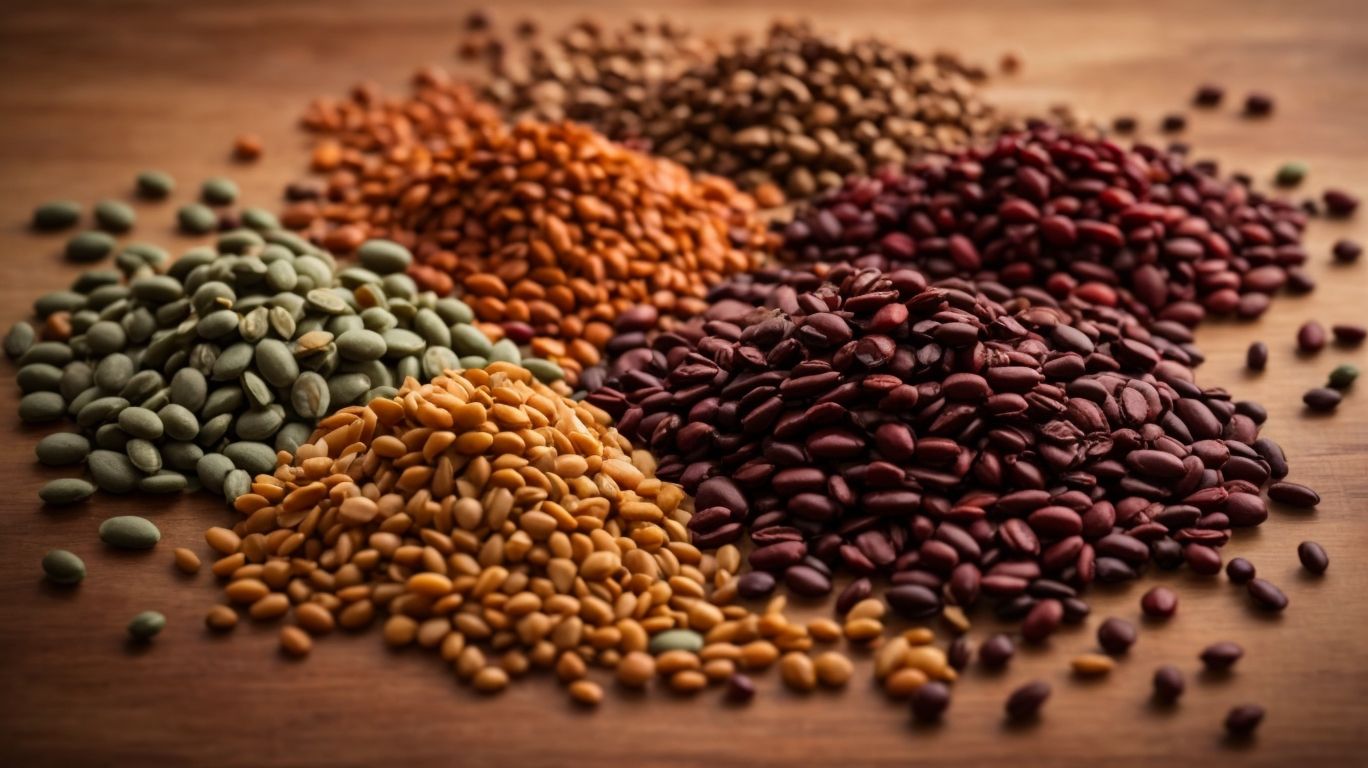
Credits: Poormet.Com – Patrick Miller
When cooking with dried beans, incorporating a variety of seasonings, herbs, and spices can elevate the flavors, making them a nutritious and versatile choice for enhancing the taste and texture of dishes, with proper storage ensuring their freshness and longevity.
How to Add Flavor to Dried Beans?
Adding flavor to dried beans can be achieved through a blend of aromatic seasonings, herbs, and spices, enhancing their versatility in dishes like salads, soups, and stews for a rich and satisfying culinary experience.
By infusing beans with smoky paprika or earthy cumin, you can create a depth of flavor that complements their hearty texture.
For a Mediterranean twist, try adding a dash of oregano and lemon zest to chickpeas for a vibrant salad.
In soups, the warmth of cumin and coriander can elevate the taste of black beans or lentils.
A fragrant mix of garlic, rosemary, and thyme can transform a simple bean stew into a comforting and aromatic dish.”
How to Store Cooked Beans?
Properly storing cooked beans is essential to maintain their freshness and nutritional value, ensuring they remain versatile pantry staples that can be readily used in a variety of dishes for added nutrition and flavor.
One effective way to store cooked beans is by placing them in an airtight container or Ziploc bag to prevent moisture from seeping in and causing spoilage. Refrigeration is recommended for short-term storage, but for longer-term preservation, consider freezing them. Before freezing, spread the cooked beans on a baking sheet lined with parchment paper to prevent clumping, then transfer them to a freezer-safe bag once they’re frozen to allow for easy portioning.
How to Use Cooked Beans in Recipes?
Cooked beans can be utilized in a myriad of recipes, adding versatility to dishes like salads, soups, and stews, while serving as a nutritious and flavorful component that showcases the diversity and culinary potential of legumes.
When incorporating cooked beans into salads, their creamy texture can complement crunchy vegetables, providing a satisfying contrast of flavors and enhancing the overall mouthfeel of the dish.
In soups, beans not only contribute protein and fiber but also lend a hearty thickness and depth of flavor, turning a simple broth into a wholesome meal that satisfies the palate and fills the stomach.
When simmered in stews, beans can absorb the rich, savory essences of herbs and spices, adding a robust earthiness that elevates the dish to a comforting and substantial fare.
The nutritional value of beans, including their high protein content, fiber, and various vitamins and minerals, makes them a valuable ingredient for those seeking a balanced and wholesome diet.
Frequently Asked Questions
What are the benefits of cooking with dried beans?
Dried beans are a nutritious and budget-friendly ingredient that offers a wide range of health benefits. They are high in protein, fiber, and essential vitamins and minerals. Plus, they are a great source of plant-based protein for vegetarians and vegans.
How do I properly prepare dried beans before cooking?
To prepare dried beans for cooking, start by sorting through them to remove any debris or damaged beans. Then, rinse them in cold water and soak them overnight in a large pot of water. The next day, drain and rinse the beans before cooking.
What is the best way to cook dried beans?
The best way to cook dried beans is to use a slow cooker or pressure cooker. Slow cookers allow for even cooking and develop a deep, rich flavor. Pressure cookers, on the other hand, can significantly reduce cooking time and result in tender beans.
How do I know when dried beans are fully cooked?
Dried beans are fully cooked when they are tender and can be easily mashed with a fork. The cooking time will vary depending on the type and size of beans, so it’s best to keep an eye on them and periodically check for tenderness.
Why should I soak dried beans before cooking?
Soaking dried beans helps to rehydrate them and soften their tough outer skin, making them easier to cook and digest. It can also reduce cooking time and improve the overall texture and flavor of the beans.
Are there any tricks to making dried beans less gassy?
Yes, you can reduce the gassiness of dried beans by soaking them in water with a pinch of baking soda for at least 8 hours before cooking. This helps to break down the complex sugars in beans that can cause gas. Additionally, rinsing and draining the soaked beans before cooking can also help.

